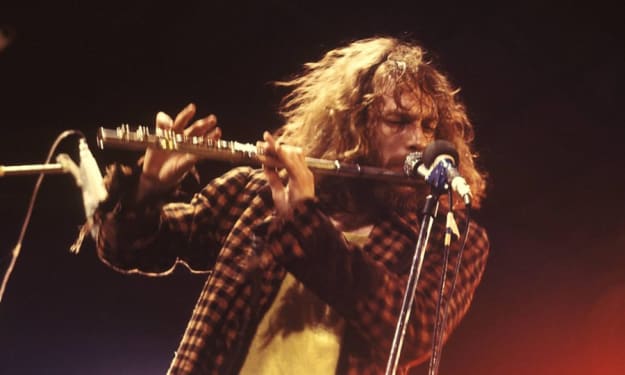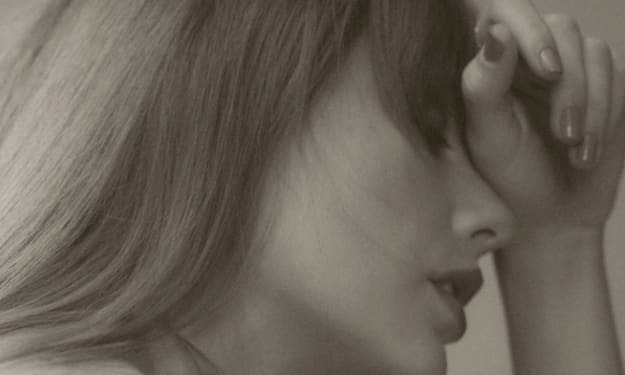"Geotonality": Hearing Covid-19
Imagine being able to hear the Covid-19 pandemic...

In March 2020, as the Covid-19 pandemic begun its aggressive spread, artists from all around the world gathered their creative energies to respond to and deal with the new realities that dawned upon them. Asked to 'write an ensemble composition for 3 or more instruments or devices' as part of a composition module, Louis Dutton, a second year Goldsmiths University music student, completely unnecessarily coded his very own computer programme able to trace the virus' movements across the globe. Driven entirely by passion, and evidently not by the actual brief (which required little more than writing an atonal trio on Musescore), this project resulted in a fully functional programme able to musically represent the spread of the pandemic by procedurally generating notes whose pitches were dictated by geographical location. This was driven by the input of live data from the virus' latest death rate statistics. It is important to note however, that even though live data is fed into the programme, the programme purposefully exaggerates the data for dramatic effect. It is more of a projection than an accurate representation of reality (even though this would also be possible). I want to reassure you that as of August 2020 there have not yet been one million deaths worldwide! The video below is from Goldsmiths University’s Youtube channel as part of their "Pure Gold" festival.
Louis Dutton - One Million | PureGold 2020
Here is the main information Louis provided to most accurately describe his composition.
Title: One Million
Summary: A computational approach to audio-visual artwork
Core features:
• Chronological mapping of Covid-19 data to respective areas around the globe
• Use of a unique tonal system, "Geotonality", which generates pitch relationships from the spherical distance between a given country and the outbreak's epicentre
Tools
• Coding and implementation: Unity
• Sound design: Logic Pro X
• Video Editing: Final Cut Pro X
Sources
• Covid-19 Dataset: www.kaggle.com
• Earth and Star textures: www.solarsystemscope.com
In discussing this unique artwork would like to concentrate on two things: what's the point of this and why it should be celebrated. When asked his opinion on the programme’s ‘point’, this exchange ensued:
Rita: "What’s the point of the programme, what should we take from it?”
Louis: "I definitely wanted to make a point, but I wanted that point to be subjective to the audience"
Rita: "Ok so shall I just write my own opinion?"
Louis: "Yeh sure"
And so, as a result, this turned out to be more of an opinion piece than I had anticipated. In regards to the programme's point, I would argue that it issues a warning. As with any other musical work, the work's sounds and visuals develop dramatic functions. The increasingly loud and disturbing sounds and saturated visuals are dramatised due to their morbid implications: a rising death rate. Sonic and visual dramatisation is not new, it is somewhat ancient. But this work is unique in that the dramatisation is create by computer code. Music has long had a fruitful relationship with technology, and one could say that much music nowadays depends on technology powered by code. But this programme depends solely on code. It depends on it so much that what we are hearing and seeing is the code. Whether you can still call that music is, as always, up to you.
The programme acknowledges the growing importance of interdisciplinary approaches to contemporary composition. Coding and programming are hallmarks of current technological developments. With all its ones and zeros, endless lines of weird symbolic code and geeky cultural connotations, however, it is one of the least understood fields by the common man or woman. This is no more relevant in the world of classical music where, despite the proclaimed universality of the art it represents, repeatedly turns in on itself. This composition reveals how far we still have to go in order to truly link contemporary music to global realities. Putting aside its social commentary, the composition also opens up new musical and technical possibilities. The concept of 'Geotonality’ quite literally relates to the world we live in. It reveals both the universality of the arts and how fundamentally artistic our world is. Whether or not you like the sound of the overwhelming blips and beeps, it goes without saying that it makes a strong (and loud) argument for interdisciplinarity in the arts.
Why should this work be celebrated? Similar to my points above, it is the interdisciplinary nature of the project which places it above many current compositions. Firstly, because it challenges what we define as music. Would you define this as music? Or noise? Or randomly generated sounds? Well, at the very least, it forces the question to be asked. This is central to many works which call themselves 'contemporary', and unfortunately has become the direct goal for many works - a tendency which encourages nothing but a shallow understanding of music. But in this case, the work's significant distance from what we call music is unique. It forces us to pose the questions we would of contemporary music, without it being advertised as 'contemporary music', or even music at all. It questions whether music should be active or reactive and whether the attribution of meaning to tones should be internal or external. I don't necessarily have an answer to these questions, but I have found that an investigation into this work foregrounds their pertinence and relevance rather successfully. By establishing the importance of interdisciplinarity, this programme gives us the opportunity to discuss which of its elements we consider 'musical' and by extension, what we consider 'music'.
I would like to sincerely thank Louis for his contribution and willingness to discuss the project. If you are interested in this field of work, please visit www.listenandwrite.org and contact me through the ‘contact section’.
Rita Fernandes, August 2020
About the Creator
Rita Fernandes
Musician with a passion for writing and sharing ideas.
Creator of the music blog www.listenandwrite.org






Comments
There are no comments for this story
Be the first to respond and start the conversation.